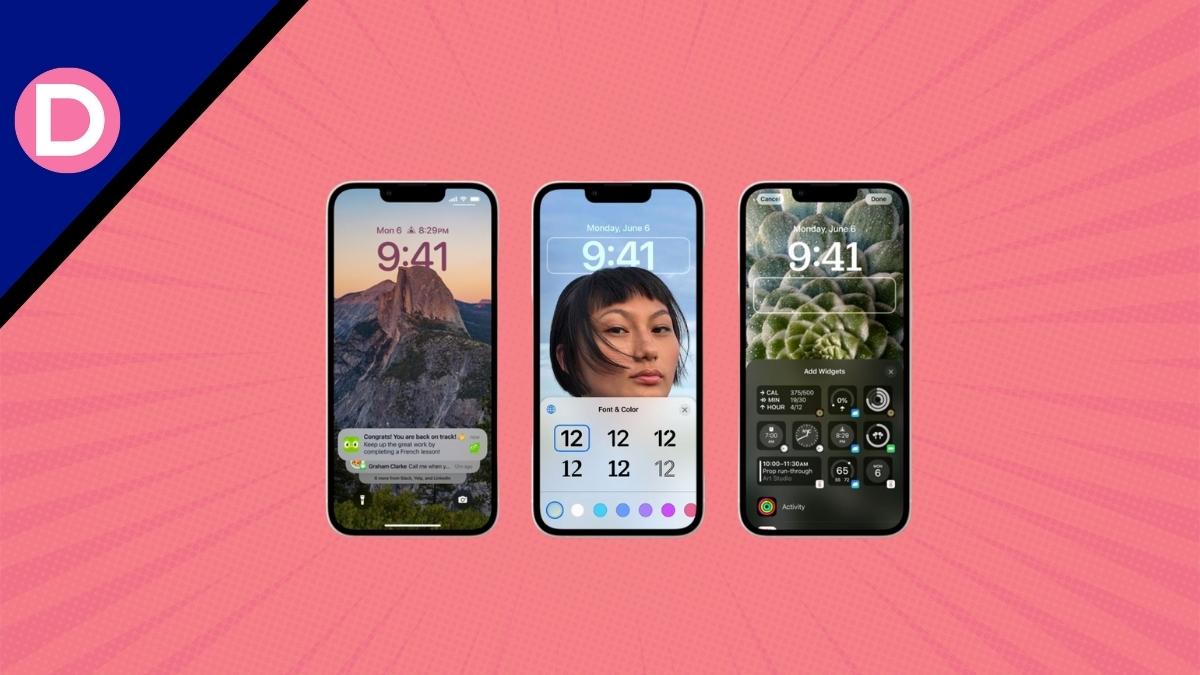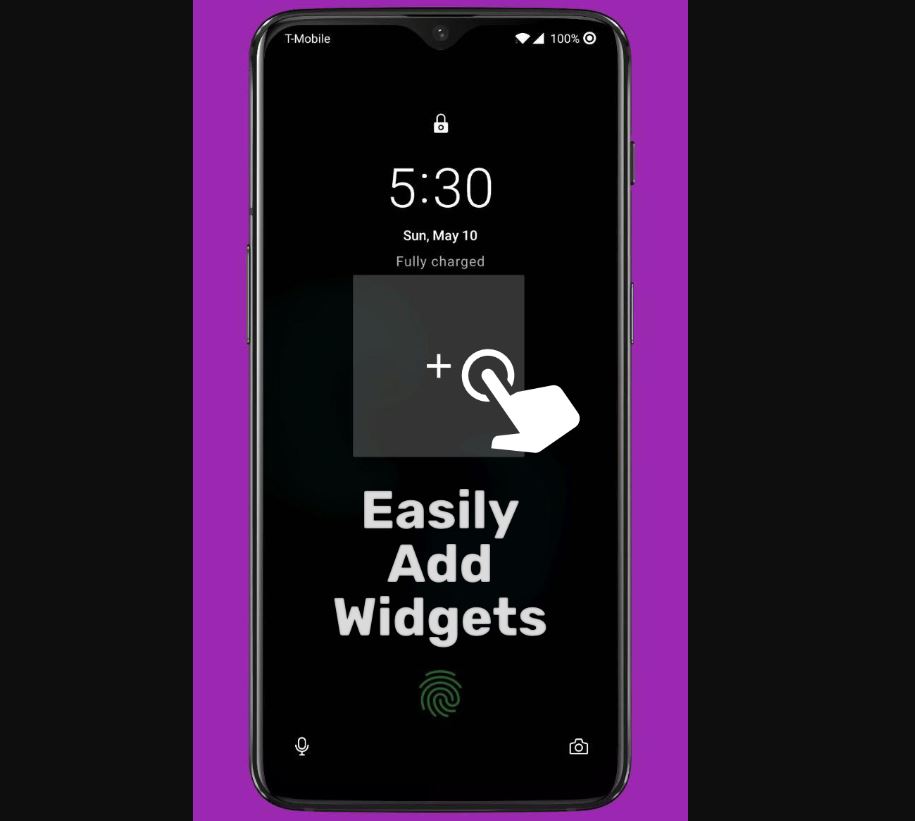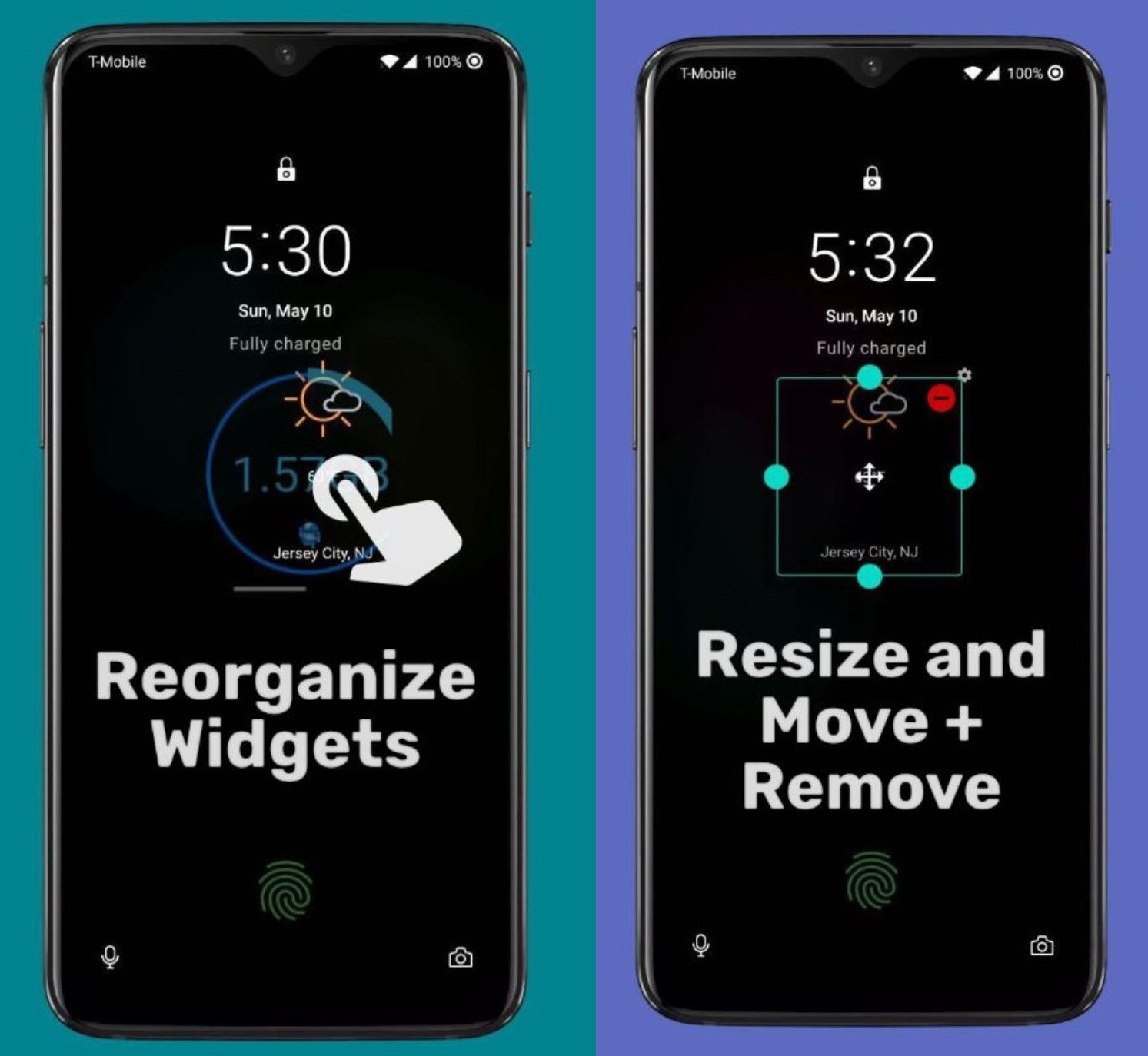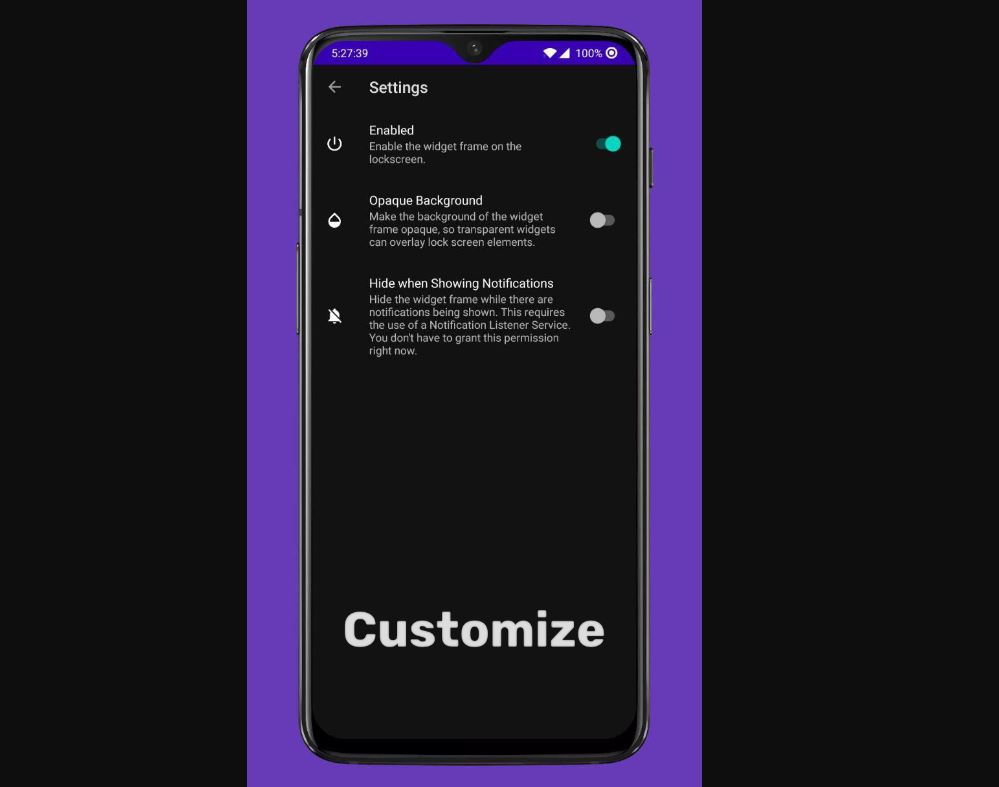With the new iOS 16, Apple has introduced several new features. The most prominent feature of iOS 16 is the new lock screen overhaul. It certainly does make Android users jealous. However, the lock screen widgets feature is not something new. Android had it way back in Android 4.2 Jelly Bean but was later discontinued by Android 5.0 Lollipop.
Google might bring back widgets to the lock screen and other customization options, but till then, we can use this third-party method to get widgets on the Android lock screen, similar to iOS 16.
You might have the edge over other Android users if you own a Samsung Galaxy smartphone. Galaxy users can directly get the iOS 16 lock screen and widgets using Good Lock modules without installing any third-party application. However, you can still enjoy widgets on your lock screen if you are not a Samsung user. Here is a guide on getting lock screen widgets on Android phones such as Xiaomi, Realme, Poco, Oppo, Vivo, Motorola, and more.
Get Lock Screen Widgets on Android Phone
We must use a third-party application since Android does not officially support the lock screen widgets feature. Also, due to the same reason, the app might not be able to work flawlessly. You might notice some lag here and there. Our application is Lockscreen Widgets, which costs $1.49. And yes, you have to pay to use this application.
The setup is straightforward; here is how you can enable it on your Android:
- Download and install the Lockscreen Widgets app from the Google Play Store.
Permissions:
- Once installed, open the app and go through the pages of the introduction. Next, grant all the accessibility permissions asked by the app. This is needed to add widgets to your lock screen. To grant the accessibility permission, tap on More Info and then Grant. This will take you to your phone settings, where you can enable the required accessibility permissions.
- Next up, you may also grant notification access to the app. This will allow the app to hide the widgets when you receive notifications on your phone. You may or may not grant notification access as it is optional.
- Next, you need to grant permission to access media on your device. This permission allows the creation of a “mask” behind the widgets. However, this feature is optional; you may or may not grant the required permission.
- This feature will require more power to operate. The battery management of your smartphone may hinder the feature. So, if you don’t want your phone to interfere with the feature and run in the background flawlessly, you can disable the battery optimization feature for this app. To do so, tap the More Info button and follow the on-screen instructions to exclude the app from the battery optimization list.
Add widgets to the lock screen:
- Once you grant all the permissions, you can enable the lock screen widgets. Turn ON the “Enabled” toggle at the top and tap on the Add widget.
- This will show you a list of widgets. You can choose any widget you would like to have on your lock screen.
- Once you have chosen a widget, tap on it. This will add it to your lock screen. Repeat the same procedure if you’d like to add multiple widgets on your lock screen.
Edit and navigate through widgets:
You can also preview how the widget appears on the lock screen. Tap on the “Preview” button to do so. You can also edit the widgets from the app or right from the lock screen. Tap the widget with two fingers, and you will see many editing options on your screen. You can hide, move, resize, and other widgets using the edit mode. Tap the widget with two fingers to exit the edit mode.
If you have added two or more widgets to your lock screen, you can swipe from right to left to navigate through the widgets you have added. To delete a widget, long-press the widget and tap on the minus icon.
Lockscreen Widgets app settings:
There are some settings that you might want to do. These settings will make the widgets look and work better on your lock screen.
- To allow widgets to cover elements on the lock screen, for example, the clock, you need to enable “Masked Mode.” This will give you the appearance of a transparent frame on a compatible device. Go to Settings, and under the “Appearance” section, enable “Masked Mode (Experimental).”
- Next, enable this setting from the app if you don’t want the widgets to bar you from seeing notifications or cause problems when entering security input. Navigate to Settings, and under the “Visibility” section, enable “Hide When Showing Notifications” and “Hide on Security Input.” It should be noted that this may not work as intended on all devices.
- Lastly, if you want to make any changes to the widgets, like resizing, relocating, or removing, tap the widget with two fingers to access the edit mode.
Final Verdict
This is a concise guide on getting iOS 16 lock screen widgets on Android. Since Google does not officially support lock screen widgets, you may encounter some lag here and there. However, Google might bring back lock screen widgets very soon. If you have any queries regarding the above guide, drop them in the comment section below. We will try to help you out.






